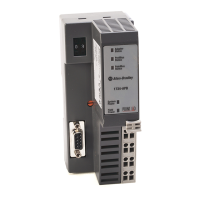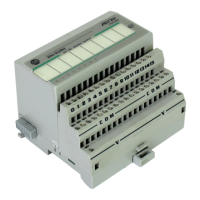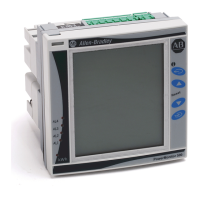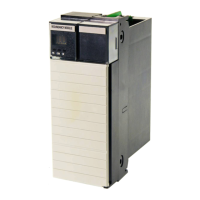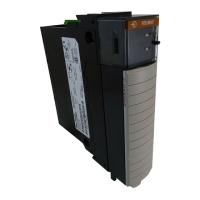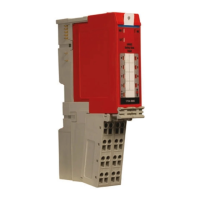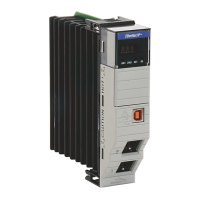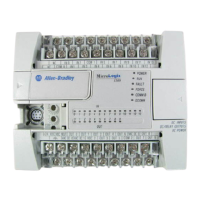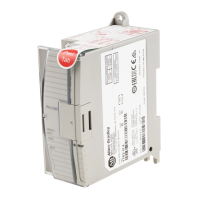Publication 1734-UM009A-EN-P - June 2002
2-28 Configuring Your RS-232 ASCII Module
The master monitors the new data flag and when the master is ready
to receive new serial data, it sets a new number in the new RX ID byte
of the I/O message. Note that this applies only to data being sent from
the 1734-232ASC module to the master.
The operation proceeds as follows:
• The 1734-232ASC module receives a new data string.
• The 1734-232ASC module sets the New Data Flag in the Status
byte of its next produce message.
• When the master is ready to receive the new data string, it
changes the next RX ID byte to any value different than what it
had been sending.
• The 1734-232ASC module will send the new data when the next
RX ID Byte changes. The 1734-232ASC module will reset the
new data available bit.
• If the next RX ID byte changes and the module has no new data,
it will set the Handshake Error bit in its Produce Status byte.
Note that you can set the Next RX ID byte to any value. It may reflect
the RX Transaction ID byte sent from the module, if desired, or any
other meaningful number. the 1734-232ASC module only looks for a
change from the value since it set the New Data Flag.
Explicit Messages to Transmit Serial Data String
You can use Parameters 24, 25 and 26 to set up the serial data string
and send it to your ASCII device via the Explicit Messaging technique.
Parameter 24 will hold the data you wish to send.
Parameter 25 defines the size, in bytes, of the DeviceNet message to
be sent from the 1734-232ASC module to the device.
Parameter 26 holds the transaction ID of the data string in Parameter
24 if the Header option is selected. Changing the record will cause the
data in Parameter 24 to be transmitted immediately from the master to
the 1734-232ASC module.
TIP
This is for non-runtime only. Use Class 71, and 72 for
runtime operation.
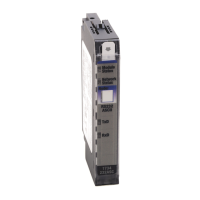
